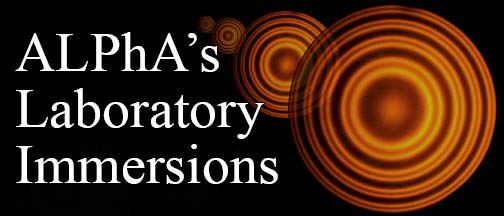- Home
- What We Do
- Laboratory Immersions
- Immersions 2018
- Imm2018Florida_FluroCorrSpect
Fluorescence Correlation Spectroscopy
University of Florida, June 27-29, 2018
(One set-up) CLOSED


Bob DeSerio received his B.Sc. from the Polytechnic Institute of Brooklyn and his Ph.D. from the University of Chicago in experimental atomic beam physics performed at Argonne National Lab and at the University of Notre Dame. After post-doctoral work at the University of Arizona involving molecular physics, he joined the faculty at the University of Tennessee with research performed at Oak Ridge National Lab. He is now at the University of Florida where he directs the instructional physics laboratories. Recently, he has designed introductory physics labs for online students that can be done at home using a wireless data acquisition devise. He also teaches in the advanced physics lab and has designed and written guides for experiments such as the chaotic pendulum, optical tweezers and fluorescence correlation (with Steve Hagen), muon physics (with Darin Acosta) and studies of a quartz crystal tuning fork in superfluid helium (with Yoonseok Lee).
Robert DeSerio, University of Florida, Department of Physics, PO Box 118440, Gainesville FL 32611-8440. Email: deserio@phys.ufl.edu. Telephone: (352) 392-1690.
Please note that the Jonathan F. Reichert Foundation has established a grant program to help purchase apparatus used in Laboratory Immersions. Limitations and exclusions apply, but generally speaking the foundation may support up to 40% of the cost of the required equipment.






